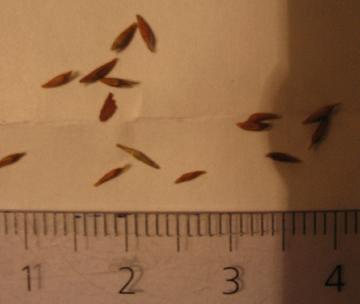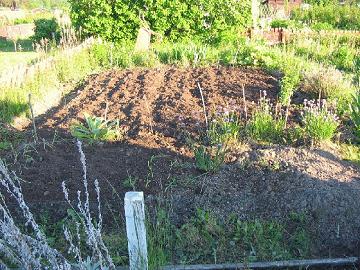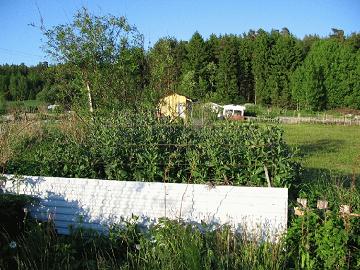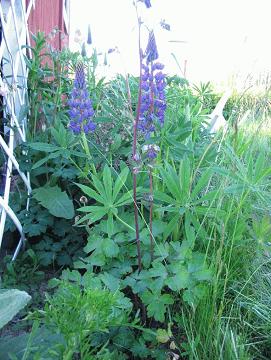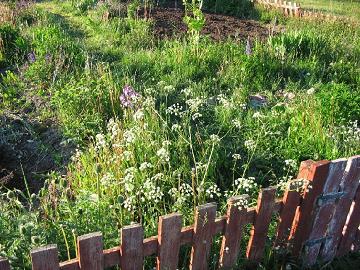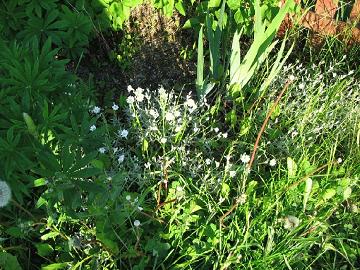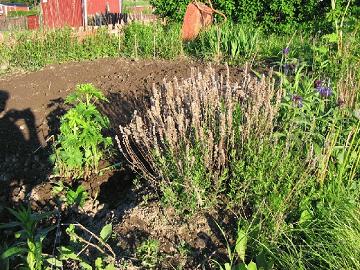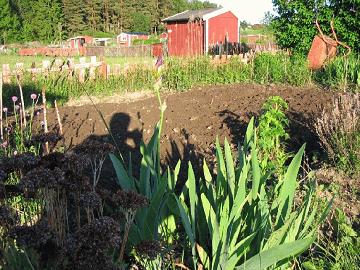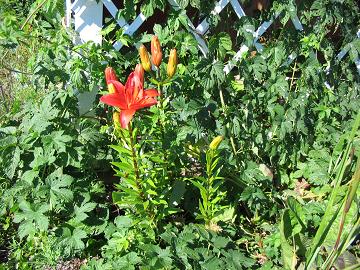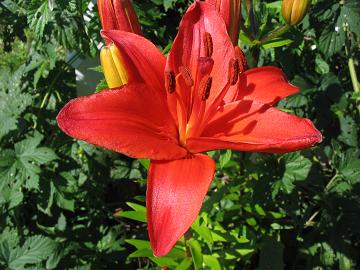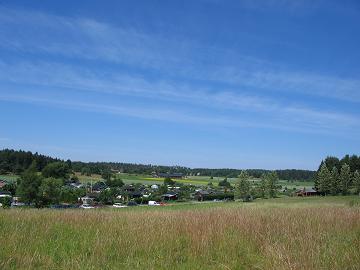
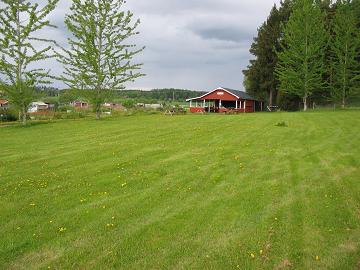
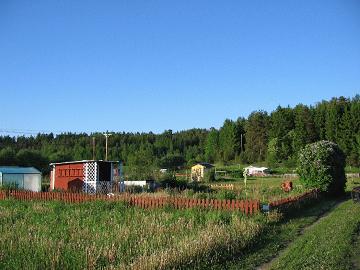
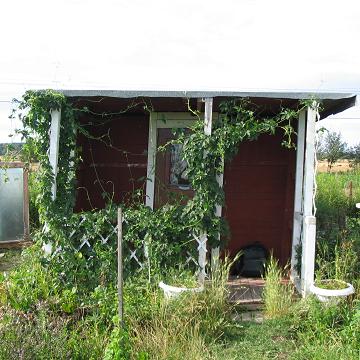
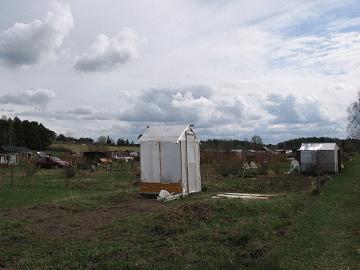

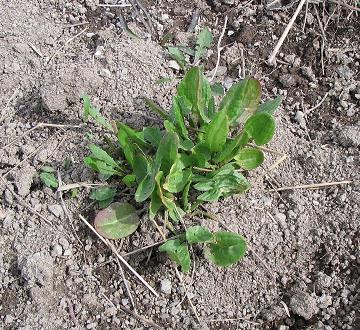
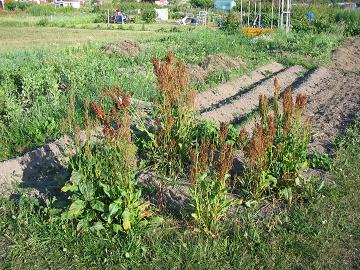
The Rumex acetosa above is a medicinal plant. I got ahold of the seeds for these plants from a source that grows them commercially.
The stalks and leaves are much larger and have a more pleasant, zesty taste than the local weed relatives. I did not get any plants
the first year, but they really bursted into life the following year.
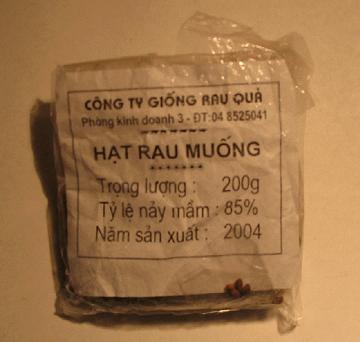
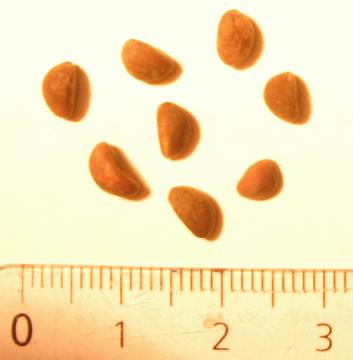
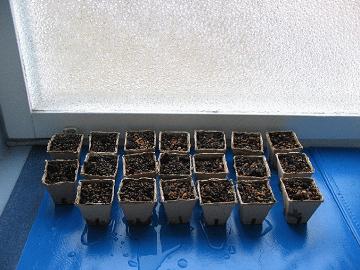
"Hat rau muong" above is vietnamese for a plant I was originally told was a kind of grass. With improved communucation, it turned out
to be what in english is called water spinach (Ipomoea aquatica). This seems to be of interest in that part of the world for treatment
of diabetes. I tried growing it, but had poor success, not realising it was an aquatic plant. I now can grow it quite well, but note
some warnings from the US Department of Agriculture that this plant can be a menace in that it can grow into large meshes in small lakes
and provide protection for mosquitos and other pests. Check with your local officials before trying to grow this stuff!
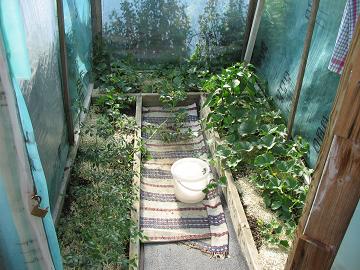
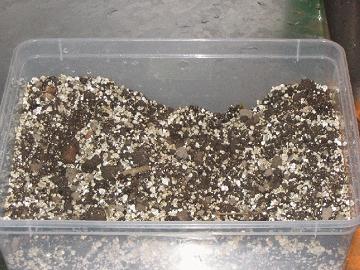
In the greenhouse, I have jalapenos, cherry tomatos and mexican canteloupe. The green plastic is quite strong, but sucks up all the
light. Otherwise, it has been a great insulator. Tomatos need more light and have not produced much fruit in here. However, the
jalapenos and canteloupes are doing far better than their relatives grown outdoors. So the plastic stays (no cheap replacement found),
tomatos go (outdoors where the light and bumble bees are). Regarding soil and texture, we have 100% clay. This area is a dried up lake.
I add vermiculite to get the texture in the above right pic. If you instead add small amounts of sand, a concrete-like material will result!
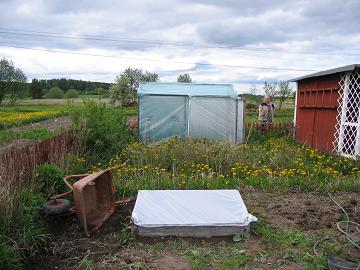
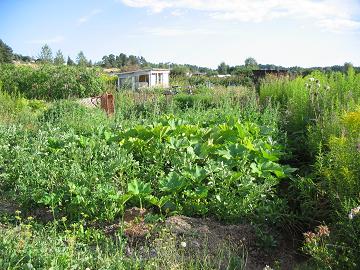
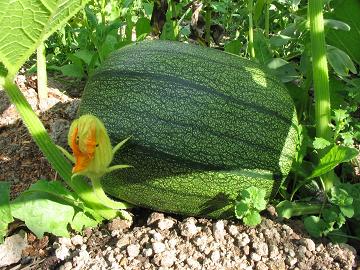
Above are 9 jack-o-lantern pumpkins. Seeds were planted on 27 May 2006 in the box shown and plastic put over it. Inside is a roughly 0.8 meter
deep pit filled with the dandelions that are seen to be so numerous everywhere. Just before stapling on the plastic, this pit was filled with water.
As you can see, my actions drew the attention (shock?) of my neighbors. The plastic was removed close to Midsommer (around 21 June). I bury
the vines every meter or so (they are about 4 meters long), and over a dozen rather large pumpkins were obtained. Basically, they are all over the
garden. I guess dandelion qualifies as organic fertilizer. It was darned cheap!
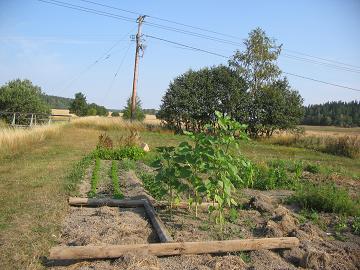
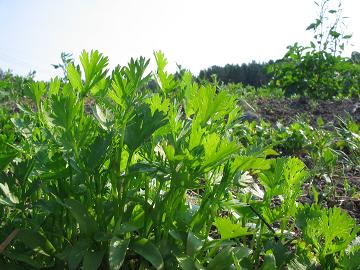
Above left, several rows of koriander towards the left, grown on horse maneure and wood ashes from the grill, and on the right (left pic) some
pretty massive sunflowers. Above right pic is a closeup showing the quality of the koriander leaves. There are a number of small berry bushes
planted in here. Behind the koriander is the commercial variant of Rumex acetosa.

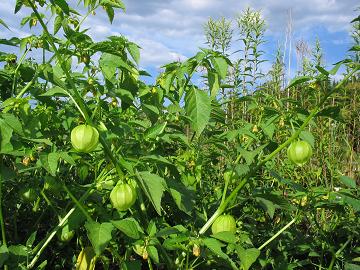
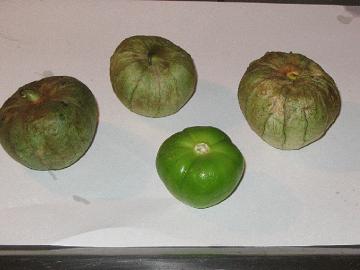
Then, there are tomatillos, above, specifically, my own subculture of toma verde grande. In 2005, I planted about 13000 seeds in the
beginning of April. By the end of August, I had 13 survivors, each producing a couple tomatillos that I could extract viable seeds
from. In May 2006, I isolated 200 frost-resistant plants. It is now August, and I have never seen so many bumble bees (jordhumlar)
in my life. This insect is the primary pollinator of this plant. The rest of the pics below is a random assortment, largely of the herbs
and flowers that I can't write about just now. Not easily seen are different types of lettuce, hypericum, salvia, raspberry, blackberry,
strawberry and several other berries. I am also experimenting with "jordärtskockor" and a very deep black-blue colored Congo-like potato
and an indigenous plant called Dryas octopetala. There is a lot of Lupin around, which is how this place got its name.
